不同波段紫外线对人体影响
紫外线探伤灯,俗称紫外线灯,是无损探伤、脱脂清洗检查、荧光泄露捡漏……中用于激发荧光染料/物质的光源。随着人们安全意识的提高,在购买和使用紫外线灯的时候总会问:使用紫外线灯对身体会有什么伤害?使用的过程中我应该怎么去保护自己?带着这些问题,我们来看看。
在紫外线灯还是处于高压汞灯的时候,在国外就用和紫外线灯同类种的紫外线灯作为美黑设备,在专业人士的指导下,照射皮肤,使皮肤变成古铜色。紫外线的波长分为长波(UVA)、中波(UVB)、短波(UVC),不同波段的紫外线对人体的伤害是不太一样的:
UVA波段:波长320~400nm,又称为长波黑斑效应紫外线。太阳光中含有的UVA有超过98%能穿透臭氧层和云层到达地球表面,UVA可以直达肌肤的层,破坏弹性纤维和胶原蛋白纤维,将我们的皮肤晒黑和老化。长期暴晒,可以导致皮肤产生癌变。
UVB波段:波长275~320nm,又称为中波红斑效应紫外线。太阳光中含有的UVB大部分被臭氧层所吸收,只有不足2%能到达地球表面,在夏天和午后会特别强烈。UVB紫外线对人体具有红斑作用,能促进体内矿物质代谢和维生素D的形成,但长期或过量照射会令皮肤晒黑,并引起红肿脱皮。此类紫外线的极大部分被皮肤表皮所吸收,不能再渗入皮肤内部。但由于其阶能较高,对皮肤可产生强烈的光损伤,被照射部位血管扩张,皮肤可出现红肿、水泡等症状。长久照射皮肤会出现红斑、炎症、皮肤老化,严重者可引起皮肤癌。
UVA和UVB对皮肤的辐射深度示意图
UVC波段:生物学称为短波灭菌紫外线,波长200~275nm,又称为短波灭菌紫外线,太阳光中含有的UVC完全被臭氧层所吸收。UVC对人体的伤害很大,短时间照射即可灼伤皮肤,长期或高强度照射还会造成皮肤癌。紫外线灯发出的就是UVC短波紫外线(臭氧层的减少和皮肤癌的增多有直接关系)。
紫外线灯(黑光灯)需要的紫外线光为365nm附近的光谱,这段光谱对荧光物质的激励效率高。对于LED冷光源紫外线灯,光辐射95%以上都是在365nm附近的UVA成分,不含有UVB和UVC成分,即紫外线灯对人体造成的影响就是UVA波段对人体的伤害“直达肌肤的层,破坏弹性纤维和胶原蛋白纤维,将我们的皮肤晒黑”,短时间的照射对皮肤基本无伤害,那这个短时间怎么去界定?
根据美国政府工业卫生学家会议(ACGIH)的规定:工业探伤紫外线灯归类为3级UV危险源,针对长波段紫外UVA,每年人体可以承受的紫外zui大辐射剂量为3333kJ/m2,每八小时zui大照射量为10kJ/m2。而一般的工业紫外线灯照度在5000uW/cm2(=50W/m2)左右;按此计算,人体裸露皮肤被紫外线直接照射的时间不应超过200秒。因此,做荧光检测时,必须佩带紫外线防护手套,避免人体的皮肤被直接照射到。另外紫外线直射眼睛伤害很大,作业时应佩戴紫外线防护眼镜。
What is the Difference between UVA UVB UVC?
Which is Most Dangerous?
UVA, UVB, UVC- all of these are forms of ultraviolet light rays that are naturally occurring, but they are not created equal. We'll explain the differences between these three forms of radiation, and then discuss how UVC is harnessed in man-made lighting products to inactivate pathogens (kill germs).The sun is responsible for emitting each of the different types of ultraviolet light. UV rays are also found in man-made products, like tanning beds and welding torches. Although UV rays have some benefit, namely encouraging vitamin D production in humans, everyone should practice caution as each form of UV comes with its own risks.
UVC
UVC is the shortest wavelength of the three forms of UV. The shorter the wavelength, the more harmful the UV radiation. However, lucky for us, UVC isn't able to penetrate earth's atmosphere. So while UVC is the most dangerous because it's the shortest wavelength, it's not a risk to the typical person because the sun's natural UVC emissions don't penetrate skin. Remember, they actually do not even penetrate earth's atmosphere naturally at all. UVC is absorbed completely by the ozone layer.
This is not to say that UVC isn't dangerous. Although naturally occurring UVC doesn't permeate earth's atmosphere, inorganic sources of UVC radiation exist and are dangerous when not used properly. So, the people who need to be concerned about UVC radiation are those working with these man-made sources of UVC, like welding torches, mercury lamps, and, you guessed it, germicidal UV-C lighting, which we distribute. More on this after we define UVA and UVB.
UVB
UVB is the second shortest wavelength and the main culprit of sunburn. It's mostly absorbed by the ozone layer but still gets through (about 5% gets through overall). It harms the top layer (epidermis) of your skin in as little as 15 minutes of sun exposure. UVB rays are stronger or weaker depending on the time of day and season. There is a strong link between UVB rays and skin cancer. UVB rays do age skin over time.
UVA:
UVA is the longest wavelength, penetrating the deepest and causing the vast majority (upwards of 95%) of UV radiation getting through earth's atmosphere. This is the form of radiation that causes skin aging, like spots and wrinkles, because it does reach so deeply into skin layers (through to the dermis layer). UVA rays can tan your skin right away, and do appear to be linked to cancer. UVA rays, unlike the others, penetrate glass and clouds, causing harm on overcast days or via your windshield.
Protect Yourself
You should protect yourself from UVA and UVB rays by applying broad spectrum sunscreen, wearing UPF clothing and sunglasses, and blocking UV rays with umbrellas and car shades as needed.
Most Dangerous?
So, which is the most dangerous type of UV radiation? There isn't a good answer to this question, although it's asked frequently. On the one hand, UVC is the most dangerous because it's the highest energy portion on the UV spectrum. However, UVC is completely absorbed by earth's atmosphere so it's really not a risk to most people. It's only a risk to those exposed to artificial sources of UVC (see more below).
If we choose the most dangerous based on exposure, then UVA is the clear forerunner for danger. It accounts for nearly all UV exposure as it's barely blocked by the earth's atmosphere. That said, it's also the shortest wavelength and isn't thought to cause as much long-term damage as UVB from the sun.
Although only a small amount of UVB penetrates earth, we'd consider it the most damaging to your average person (not those working incorrectly with artificial UVC sources) because it comes with the highest skin cancer risk.
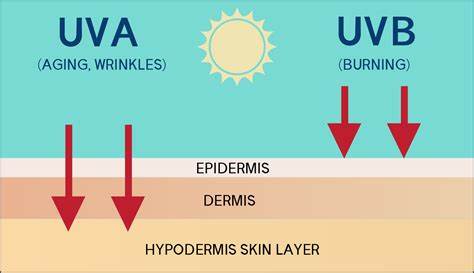
Artificial UVC
All forms of UVC radiation are artificial since the sun's UVC doesn't get through earth's atmosphere, as discussed. Some common sources of man-made UVC radiation are:
Older tanning beds
Lasers
Mercury lamps
Welding torches
Germicidal UV-C lighting
Not all artificial forms of UVC are equal in risk/reward. For instance, tanning beds are unnecessary and dangerous and should be avoided. Don't purposefully expose yourself to harmful radiation (note that most modern tanning beds use UVA radiation, which is still dangerous). Welding torches, conversely, are necessary for some jobs, and using the proper protective gear mitigates the risk of your UV exposure. Also, becoming a welder takes lots of training; they're prepared for this risk.
Germicidal UV-C lighting, when used properly, is operated in empty spaces using controls for safety. The reward of having killed up to 99.99% of pathogens from, say, personal protective equipment (PPE), outweighs the nearly non-existent risk of UV exposure.
Moreover, not all artificial UVC sources operate at the same wavelength. While UVC in general encompasses wavelengths of 100-280 nm, it varies from product to product where they are in that range. For example, one lamp that we distribute operates at 254 nm.
In conclusion, if you were to be exposed to artificial forms of UVC radiation, it would be detrimental (we talk about this in more detail here) but as long as equipment is used as directed, the benefits of UV-C technology outweigh the risks in most cases. It's like any technology- will the radiation from an x-ray machine harm you? Yes, but we have controls in place to ensure that the radiation from an x-ray machine can't harm you, and we won't stop using x-ray machines just because of this risk.

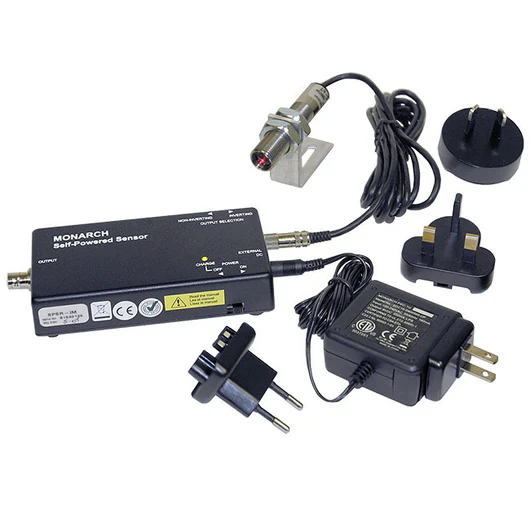
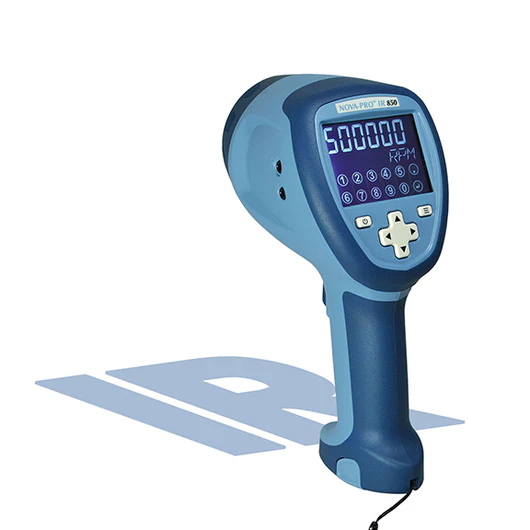
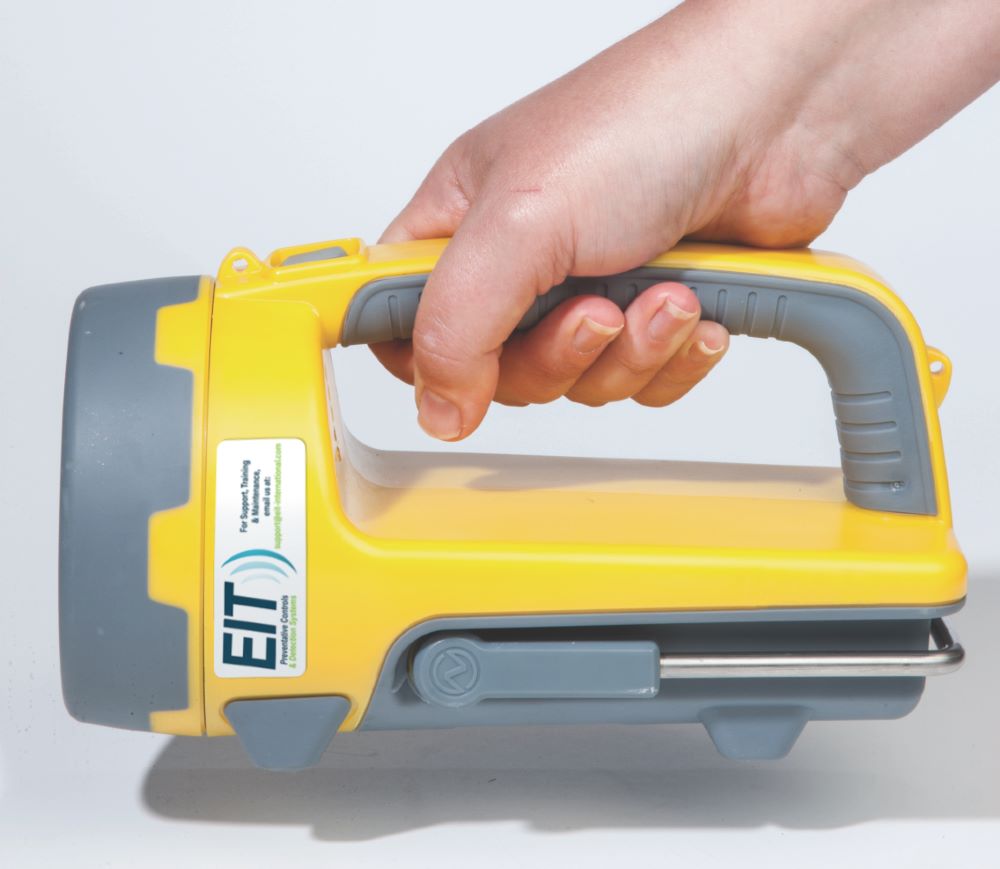
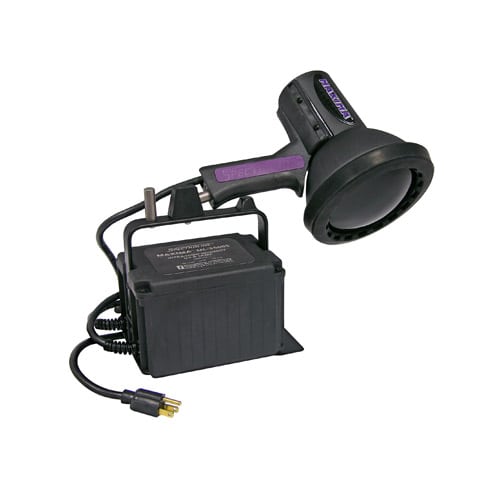
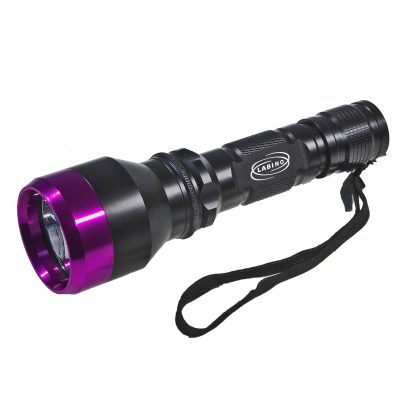
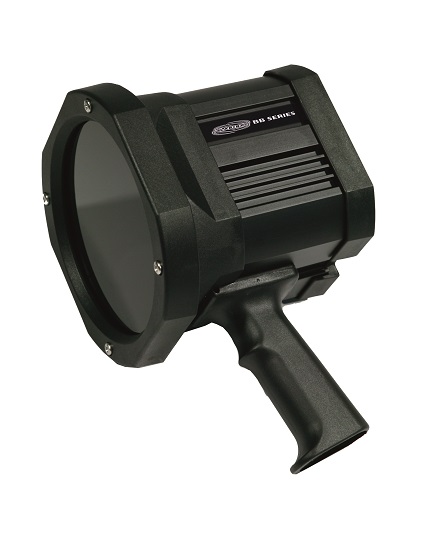
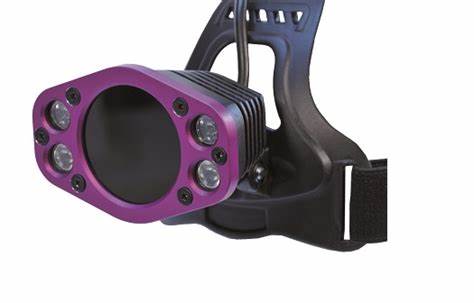
 添加微信咨询!
添加微信咨询!